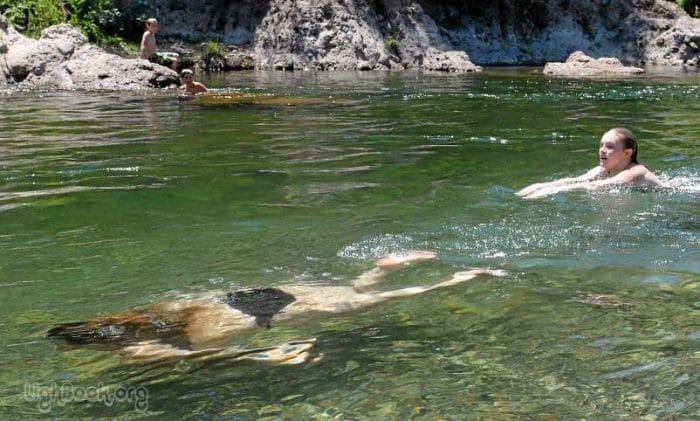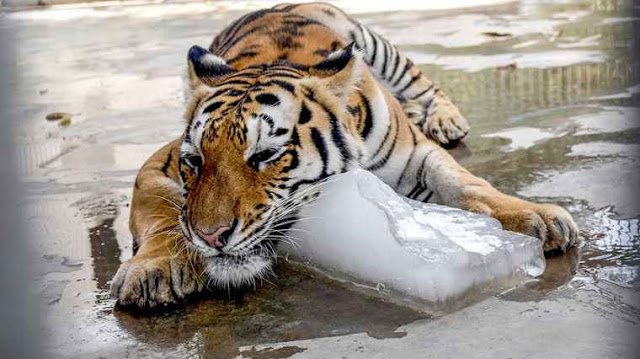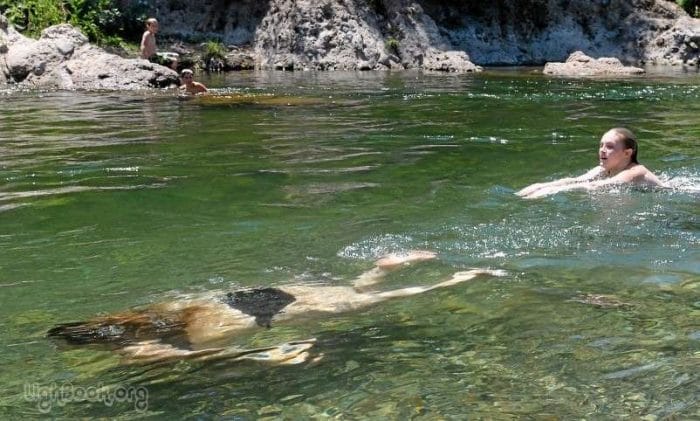6 Facts About Injuries and Death from Extreme Heat Waves
6 Facts About Injuries and Death from Extreme Heat Waves
The heatwave that hit Chicago in previous years killed nearly 700 people and sent more than 3300 to the emergency department. (CDC) The Center for Environmental Hazards and Health Impacts in America prepared a report that included 6 facts about the injuries and deaths from extreme heatwaves on humans. Follow the topic carefully.
The scorching touch of a relentless sun, a heat so intense that it seems to dance on the pavement – these are the hallmarks of an extreme heat wave. While the summer months often bring joy and excitement, they also usher in the potential for danger in the form of heat-related injuries and even death.
Understanding the gravity of these situations is crucial in our ever-warming world. Here are 6 Facts About Injuries and Death from Extreme Heat Waves that shed light on the seriousness of this climate-driven phenomenon.

1. Heat-Related Illnesses: A Silent Threat
Extreme heat waves don’t just bring discomfort; they pose a significant risk to human health. Prolonged exposure to high temperatures can lead to a range of heat-related illnesses. Heat exhaustion, heat cramps, and more severe heatstroke can strike individuals, especially those who engage in outdoor activities during peak temperatures. The elderly, children, and individuals with preexisting health conditions are particularly vulnerable.
2. Escalating Emergency Room Visits
As the mercury rises, so does the number of emergency room visits. Heat waves place immense stress on our bodies, leading to various health complications. Dehydration, heat exhaustion, and respiratory issues can propel individuals to seek medical attention. Hospitals become inundated with patients suffering from the heat’s relentless assault on their wellbeing.
3. Urban Heat Islands Magnify Dangers
Urban heat islands, characterized by significantly higher temperatures in urbanized areas compared to their rural counterparts, amplify the risks posed by heat waves. Concrete jungles absorb and retain heat, causing nighttime temperatures to remain elevated.
This phenomenon disproportionately affects vulnerable populations who often lack access to air conditioning and green spaces. The injuries and deaths from Extreme Heat Waves become starkly evident in these urban hotspots.
4. Lethal Impact on the Elderly
The elderly face a disproportionately high risk of injuries and death during extreme heat waves. Aging bodies may struggle to regulate internal temperatures, making them more susceptible to heat-related complications. Moreover, many seniors live alone, lacking a support system to help them cope with soaring temperatures. This combination of physiological vulnerability and limited assistance can result in tragic outcomes.
5. The Tragic Toll on Outdoor Workers
From construction sites to agricultural fields, countless individuals toil outdoors regardless of weather conditions. Extreme heat waves put outdoor workers in a perilous position. Employers must prioritize worker safety by providing adequate breaks, shade, and hydration. Failure to do so not only jeopardizes workers’ wellbeing but also underscores the urgency of comprehending.
6. Community Efforts and Public Awareness
Preventing injuries and death during heat waves is a collective endeavor. Communities can establish cooling centers, where individuals lacking access to air conditioning can find respite.
Public awareness campaigns play a pivotal role in educating people about the risks of extreme heat and the measures they can take to protect themselves and others. Recognizing the significance prompts governments, organizations, and individuals to work together for a safer, heat-resilient future.

Extreme Heat
It is not just ordinary heat
Humidity plays a major role in heat stress and solar shock. Humans cool themselves by sweating as the air dries the moisture. Thus, our temperature goes down. In the case of high humidity, then sweating in the body does not perform its normal role. Desert residents say it is ‘dry heat’ and tell you why temperatures are more likely to rise in wet climates.
Warm Night Period
We have a rhythm in our lives. We wake up and sleep every day and this is normal. There is a rhythm to our days and nights. At night, the sunsets, and the temperature drops. But when the temperature stays high at night, and we do not get cold during the heatwave, there is an increase in the number of deaths.
What Happens When You Are Hotter than Normal?
Focus on the temperature indicator in the car. If your car is too hot and remains in the leadership, it may be a real problem. The same applies to your body. The first signs of high thermal exhaustion may be cramps and rashes. The skin may become red and dry. If something is not done to cool a person, he may be subjected to a serious free-kick. The sweating stops, and the body temperature rises quickly.
Fever, vomiting, and fainting are all signs of severe heatstroke. Medical attention should be sought immediately. Cool the person by putting wet clothes on him, moving him to the shade, and removing any unnecessary clothes from him, and should do so immediately.
Permanent Health Problems May Occur after a Stroke.
During the heatwave in Chicago, many patients were brought to the intensive care unit because of heatstroke. Nearly a year after being exposed to high heat from severe heat, 33% of those admitted to the hospital still have acute health problems with several physical functions.
Who Is Most at Risk?
Older people are the most vulnerable. If they do not have proper cooling in their homes, they are at risk of any free wave occurring. In modern society, older people are often more isolated. They often live alone apart from family members.
How to Deal with Extreme Heat Exposure?
The human body may not find the appropriate defense in the event of severe heat and must use many aids. Experts from the Center for Environmental Hazards and Health Effects said the community should give a big thank you to the inventor of the Willis Carrier system.
Thanks to his invention, he solved a great problem and saved many from inevitable death. ‘People with severe heat must have access to air conditioning, which is the first factor that helps to reduce the risk of death in this case, or to dive in the water and drink juice or water in large quantities,’ experts say.
If you live in a climate where your air conditioner is used 24 hours a day in the summer months, or if you live in a place where you can use it sometimes. Keep it in good condition and free from malfunction.
Notes May Help You
- In cases of extreme heat, it may turn into a life-saving device.
- Do you have an annual maintenance contract for air conditioners?
- It must be maintained annually and periodically inspected by experts in the maintenance of air conditioners.
If you suspect a problem, contact the air conditioning maintenance company. This will help you maintain cooling and emergency situations, giving you a larger bill to pay later. More importantly, when a severe heatwave occurs, and you have an A / C air conditioner and know one of your neighbors or relatives does not have it, call it immediately to come to you, and it is possible to get rid of exposure to extreme heat and its serious repercussions on your life!

In conclusion
Extreme heat waves are not merely uncomfortable weather phenomena; they are life-threatening events that demand our attention and action. Understanding the Injuries and Death from Extreme Heat Waves is the first step towards safeguarding our communities. By raising awareness, implementing safety measures, and prioritizing the most vulnerable among us, we can mitigate the impact of heat waves and create a safer environment for everyone.
I hope you find the article useful to you.
How can you come up with useful ideas to reduce high temperatures and face the risk of sunstroke? What are the other ways and means to help a person with severe heatstroke and ways to help in these cases?
Related Topics
- Be Happy Every Day by Doing These 6 Tips All Time
- Home Teeth Whitening with Natural Recipes in Simple Ways
- Lose Belly Fat and Waist Size at Home with Natural Juice
- Fastest Effective Ways to Lose Belly Fat for Men & Women
- Did You Know That Laughter is Medicine for Many Diseases?
7 Tips to Burn Fat and Lose Weight in Natural Ways







